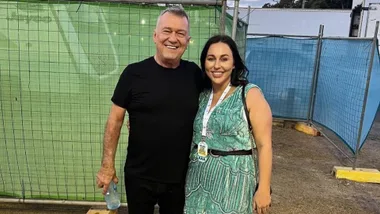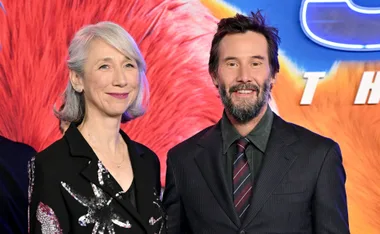Why is the number of children with autism doubling every five years? For Louise Milligan, the quest for an answer is deeply personal.
There is no other way to describe the feeling, except to say I felt I had been shot. We were sitting in a psychologist’s office, being told that our son, our delicious three-year-old boy, had an autism spectrum disorder.
Thing is, I kind of knew for about six months there was a very good chance I would be shot. That’s how long, all things considered, it takes for an autism assessment to take place.
Related: The joys and challenges of raising an autistic child
In that time, I had been oscillating between thinking he was absolutely fine and that I was kidding myself to think he was fine.
Yet it didn’t matter last June. For two numb days, I curled in the foetal position on my bed and grieved for the boy I thought I had … and tried to come to terms with the boy he would now be.
“I hate autism,” I wanted to scream from the rooftops. “WHY HAS THIS HAPPENED TO MY BABY?!”
Jump forward a year. We’ve just had the news that the tenth child we know is having a formal autism assessment.
This doesn’t include the kids who we suspect are autistic, or the ones who have one parent that’s certain but the other doesn’t want them “labelled”, or even the many other diagnosed kids we have met through the various professionals we go to.
Something is going terribly awry. Autism rates in Australia are now at one in 110, doubling every five years.
Amaze, the peak body managing the disorder in Victoria, reports that it’s seeing 40 to 50 new families a week.
Autism SA, South Australia’s body, has 4600 clients. In 1995, it had 580. As one of my friends, a mother of a boy with autism says, “They’re dropping like flies.” It’s an epidemic. And it scares me.
Some argue it’s just “diagnostic” — improved testing to detect autism in children from what we had decades ago.
Of course, poor diagnostics in the past and the terrible practice of blaming autism on cold and unresponsive “refrigerator mothers” mean there are many adults running around who are on the spectrum and don’t know it.
Yet any notion that’s the only explanation for the epidemic just doesn’t cut it with me anymore. And it doesn’t cut it with any of the other autism parents or professionals I know.
Amaze’s Chief Executive Officer, Murray Dawson-Smith, agrees. “If it was purely diagnostics, you would expect all of the growth at the mild, difficult-to-diagnose end of the spectrum,” Murray says. “But the increases in diagnosis rates are comparable throughout the spectrum.”
He’s referring to “low-functioning” autistic children — with lower IQs, fewer abilities, often intellectually disabled. Their diagnoses are skyrocketing at the same rate as those who, once upon a time, might have been considered “a bit odd”.
For my Facebook friend Valerie Foley, whose son Billy, eight, has autism, the theory that the increases are down to mere ‘diagnostics’ is outrageous.
“The idea that we are ‘pathologising normal behaviour’ is so insulting on so many levels, I can barely type straight,” she wrote.
Related: Don’t have a favourite child? You’re lying
Valerie believes the only thing we can do to halt this dizzying acceleration in diagnoses is invest heavily in research.
“I don’t want more children to develop autism and deal with its challenges if there’s a chance it might not be necessary, or that we could reduce the severity of it, if it does happen. Even a small chance is worth fighting for,” she says.
To read more about visit Valerie’s blog.
Read more of this story in the September issue of The Australian Women’s Weekly.
Your say: Do you have a child with autism? Why do you think autism rates are doubling every five years?

Video: Kids with autism











